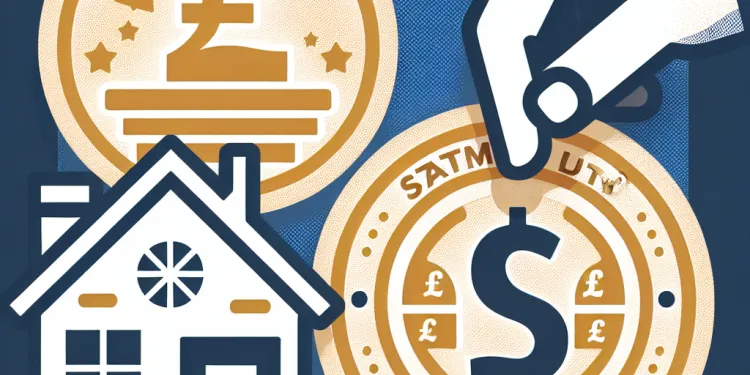
Find Help
More Items From Ergsy search
-

What is the current threshold for Stamp Duty in the UK?
Relevance: 100%
-

What is Stamp Duty in the UK?
Relevance: 73%
-
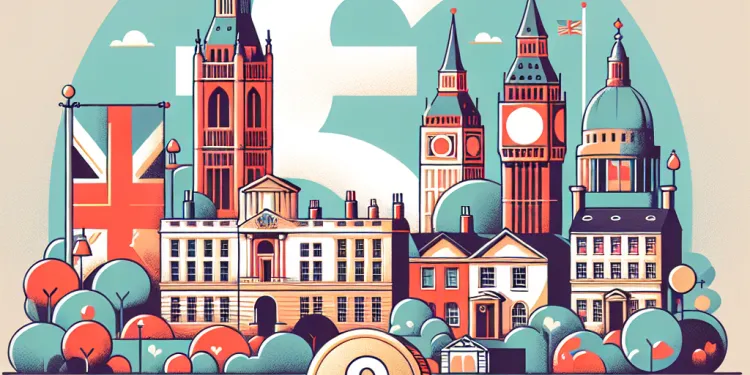
When is Stamp Duty payable in the UK?
Relevance: 69%
-
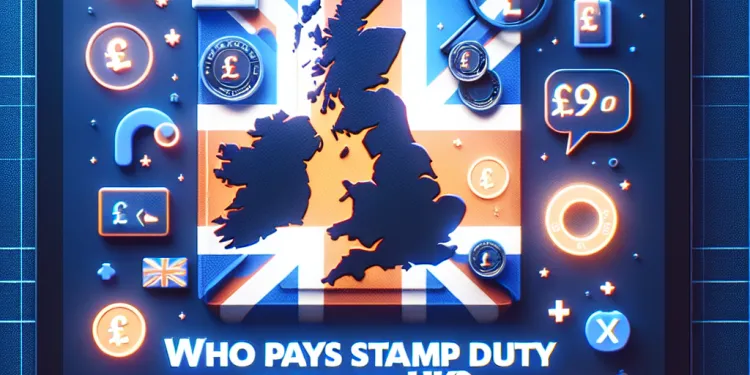
Who pays Stamp Duty in the UK?
Relevance: 68%
-
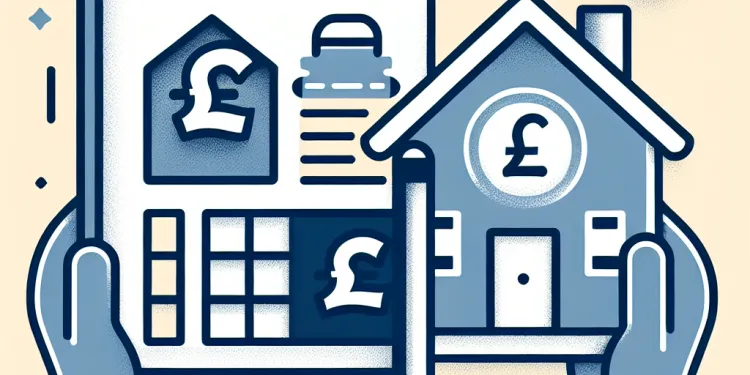
What was the Stamp Duty holiday in the UK?
Relevance: 68%
-
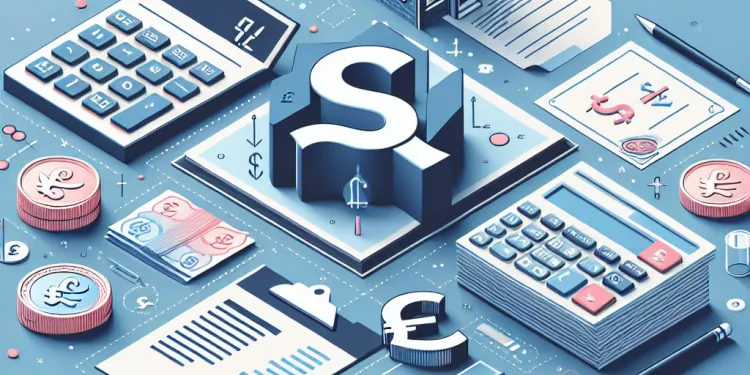
How is Stamp Duty calculated in the UK?
Relevance: 68%
-
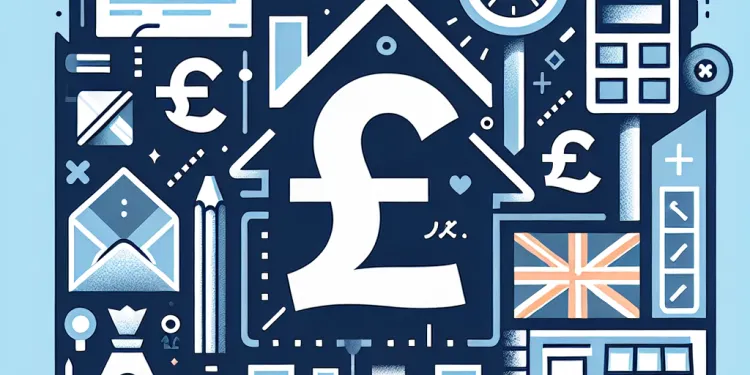
How do I pay Stamp Duty in the UK?
Relevance: 65%
-

Why do we pay Stamp Duty?
Relevance: 64%
-

What about Stamp Duty in Wales?
Relevance: 60%
-

Can businesses be charged Stamp Duty?
Relevance: 60%
-
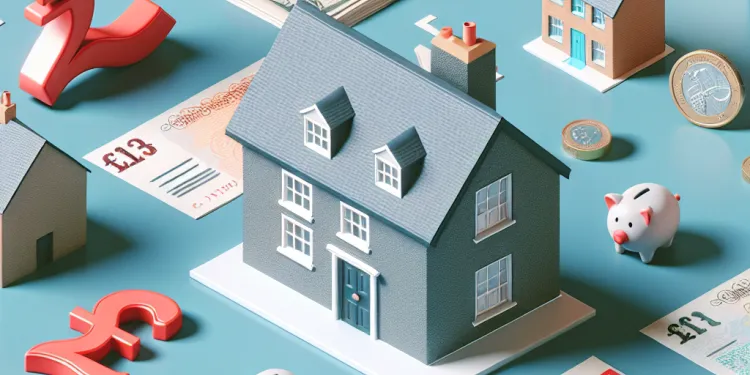
Can Stamp Duty be included in a mortgage in the UK?
Relevance: 60%
-
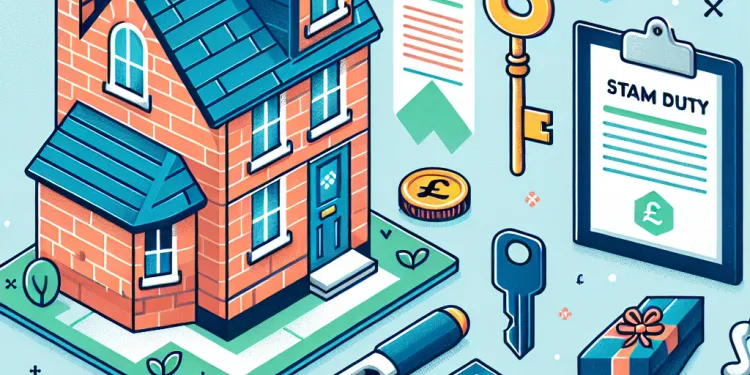
What properties are exempt from Stamp Duty?
Relevance: 59%
-

Are there different rates of Stamp Duty in the UK?
Relevance: 59%
-

Is there a Stamp Duty exemption for first-time buyers in the UK?
Relevance: 57%
-
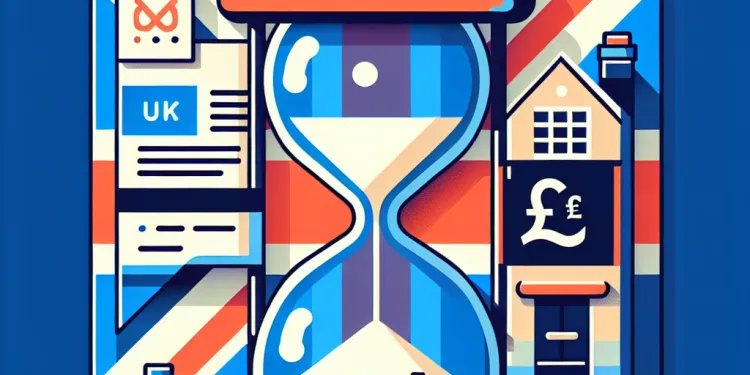
Is there a penalty for late payment of Stamp Duty in the UK?
Relevance: 56%
-

Can Stamp Duty be refunded in the UK?
Relevance: 55%
-
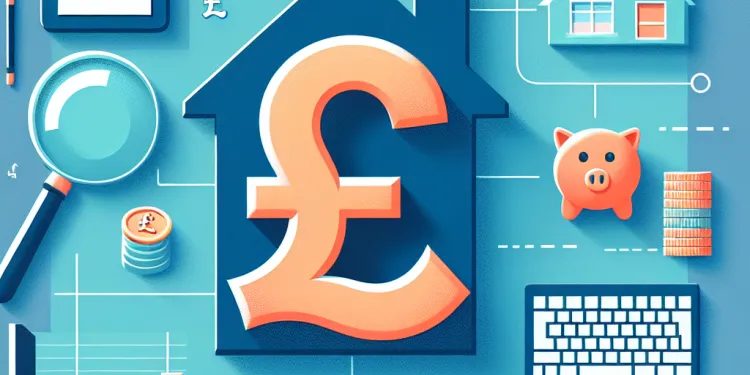
How does Stamp Duty affect shared ownership properties?
Relevance: 55%
-

What is Stamp Duty Land Tax (SDLT)?
Relevance: 53%
-

Does Scotland have a different Stamp Duty system?
Relevance: 50%
-
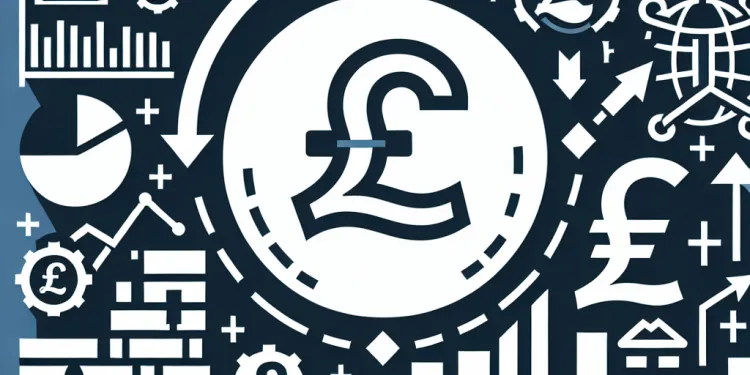
Will income thresholds for tax reliefs be revised in 2026?
Relevance: 30%
-

Will there be a change in the additional rate threshold in April 2026?
Relevance: 30%
-
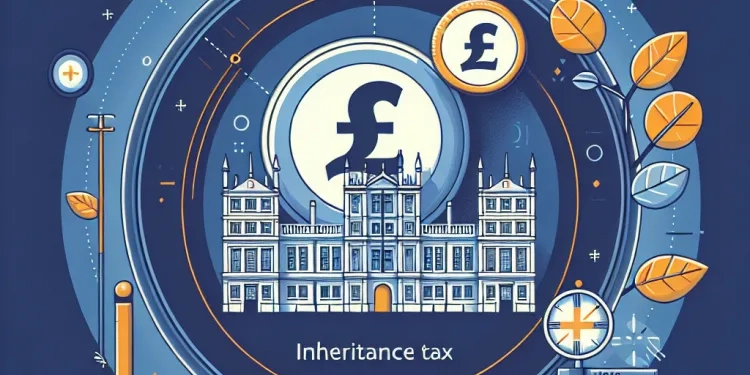
What is the current inheritance tax threshold in the UK?
Relevance: 29%
-
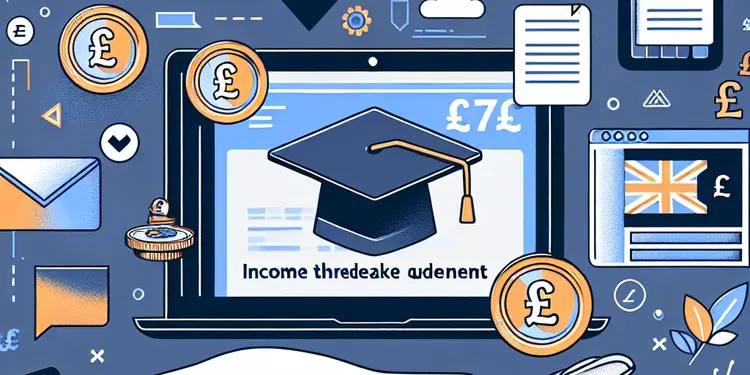
Is there an income threshold for students to qualify for the payment?
Relevance: 28%
-

What is the fiduciary duty of directors to shareholders?
Relevance: 25%
-
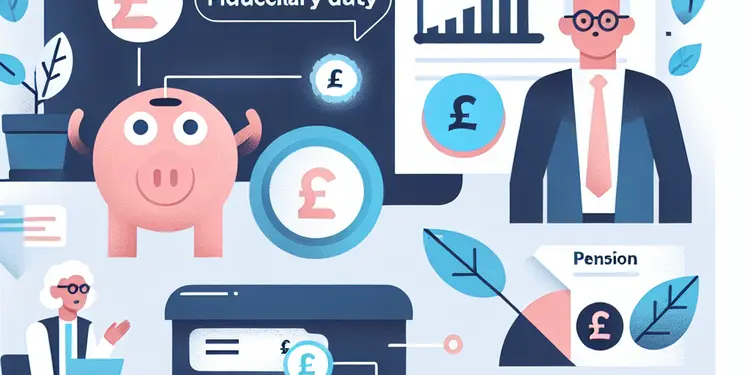
What does 'fiduciary duty' mean in pension advice?
Relevance: 23%
-
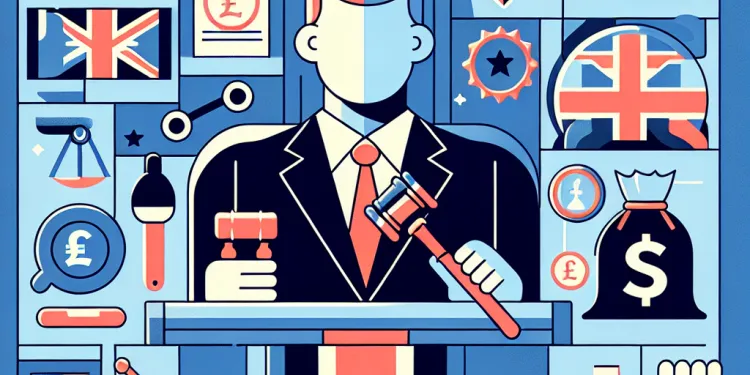
Can my employer stop me from attending jury duty?
Relevance: 23%
-
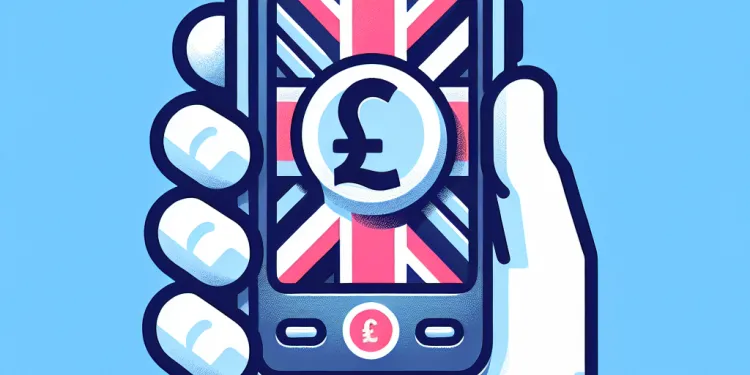
Can I use my phone during jury duty?
Relevance: 23%
-

What is fiduciary duty and how does it relate to director disputes?
Relevance: 23%
-
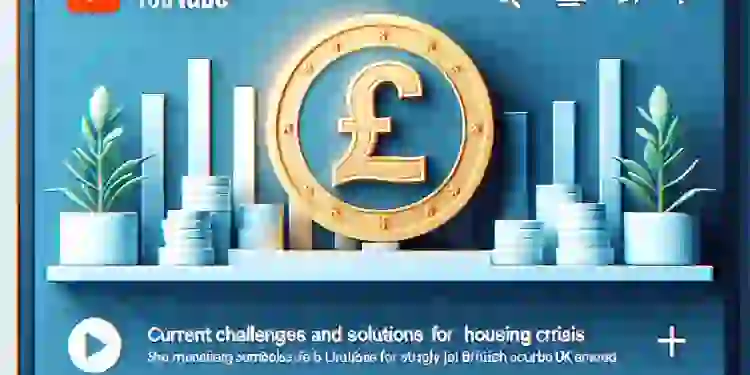
Addressing the Housing Crisis: Current Challenges and Solutions
Relevance: 20%
-

What is the current EV grant amount in the UK?
Relevance: 19%
-

Are there any countries currently implementing a wealth tax?
Relevance: 18%
-

What is the wealth tax in the UK?
Relevance: 18%
-

What are the current statistics on childhood obesity in the UK?
Relevance: 18%
-

What is the Wealth Tax in the UK?
Relevance: 17%
-

What is the current measles vaccination coverage in the UK?
Relevance: 17%
-

Is real estate included in wealth tax calculations?
Relevance: 16%
-

Are there any Zika virus outbreaks currently?
Relevance: 16%
-

Current Flu Vaccination Recommendations and Availability
Relevance: 16%
-
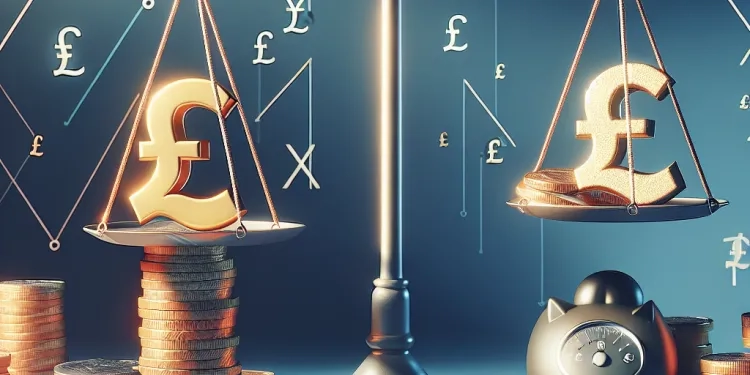
What taxes in the UK target wealth?
Relevance: 16%
-
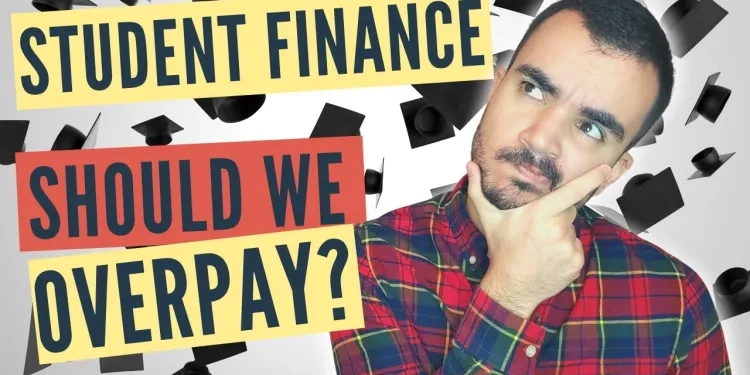
Student Finance: Should I pay more? | Plan 1 & Plan 2 | SF Explained
Relevance: 15%
Understanding the Current Threshold for Stamp Duty in the UK
Stamp Duty Land Tax (SDLT) is a tax levied on the purchase of property or land in the UK. It is payable when you buy a freehold property, a new or existing leasehold, a property using a shared ownership scheme, or are transferred property in exchange for payment. As of the latest updates, Stamp Duty thresholds differ across England, Northern Ireland, Scotland, and Wales, with each region having its own rates and rules.
Current Stamp Duty Threshold in England and Northern Ireland
As of now, in England and Northern Ireland, Stamp Duty is applicable on properties purchased over £250,000. For first-time buyers, this threshold is higher, with no Stamp Duty payable on properties up to £425,000. If the property costs between £425,001 and £625,000, first-time buyers pay a reduced rate. Beyond this, normal rates apply. For additional properties, such as buy-to-let or second homes, a 3% Stamp Duty surcharge is applicable on properties over £40,000. The Stamp Duty rate increases in bands as the property price rises.
Land and Buildings Transaction Tax (LBTT) in Scotland
In Scotland, Stamp Duty is known as the Land and Buildings Transaction Tax (LBTT). The current threshold for LBTT is £145,000 for residential properties. However, for first-time buyers, the threshold is set at £175,000. Just like in England, additional dwelling supplements apply, with a 4% surcharge applicable to additional properties such as second homes and buy-to-let purchases.
Land Transaction Tax (LTT) in Wales
In Wales, Stamp Duty is referred to as the Land Transaction Tax (LTT). The threshold for LTT where the tax is first payable is £225,000 for residential properties. Wales does not offer a separate relief for first-time buyers. However, for additional properties, such as second homes and buy-to-let properties, a 4% surcharge is applied. The rates increase in bands above the initial threshold, similar to the structure seen in other parts of the UK.
Additional Considerations and Exemptions
It is important to note that there are specific exemptions and reliefs that can be applied under certain circumstances. For instance, no Stamp Duty is payable if the property is left in a will or if the property is transferred as part of a divorce settlement. Shared ownership properties may be taxed differently based on the buyer's circumstances. Buyers should consider seeking financial advice or using online calculators to accurately determine their potential Stamp Duty liability.
Understanding the complexities of Stamp Duty and its regional variations is crucial for anyone looking to purchase property in the UK. Keeping up-to-date with the latest thresholds and exemptions can help buyers plan their finances better and potentially save substantial amounts when purchasing a property.
Understanding Stamp Duty in the UK
Stamp Duty Land Tax (SDLT) is a tax you pay when you buy a home or land in the UK. You pay it when you buy a new or old home, use a shared ownership plan, or get a home by paying money for it. England, Northern Ireland, Scotland, and Wales have different rules and rates for Stamp Duty.
Stamp Duty in England and Northern Ireland
In England and Northern Ireland, you pay Stamp Duty when your property costs more than £250,000. If you are buying your first home, you do not pay Stamp Duty up to £425,000. For homes costing £425,001 to £625,000, first-time buyers pay less tax. For homes costing more, the normal tax rate applies. If you buy a second home or a rental property over £40,000, there is an extra 3% tax. The more your home costs, the higher the tax bands go.
LBTT in Scotland
In Scotland, Stamp Duty is called Land and Buildings Transaction Tax (LBTT). You pay LBTT on homes over £145,000. First-time buyers do not pay LBTT up to £175,000. If you buy a second home or a rental, there is a 4% extra tax. This is like in England.
LTT in Wales
In Wales, Stamp Duty is called Land Transaction Tax (LTT). You pay LTT on homes over £225,000. There is no special help for first-time buyers. If you buy a second home or a rental, you pay an extra 4% tax. The more the home costs, the higher the tax bands, like in other UK places.
Other Important Points
Sometimes, you do not have to pay Stamp Duty. This can happen if you get a home in a will or in a divorce. If you buy a shared ownership home, the tax might be different. It is good to get advice from a financial expert or use online tools to see how much Stamp Duty you might pay.
It is important to know the rules about Stamp Duty when buying a home in the UK. Knowing the tax limits and when you do not have to pay can help you plan better for buying a home.
Frequently Asked Questions
What is Stamp Duty?
Stamp Duty is a tax that you may have to pay when buying a property or land in the UK over a certain price.
What is the current threshold for Stamp Duty in England and Northern Ireland?
As of the latest update, the threshold for residential properties in England and Northern Ireland is typically £250,000 for standard purchases.
Are there different thresholds for first-time buyers?
Yes, first-time buyers in England and Northern Ireland can benefit from a higher threshold of £425,000.
What is the Stamp Duty threshold for additional properties?
For additional properties, the threshold starts from £40,000, but a 3% surcharge is typically added to the standard rates.
Do thresholds vary in Scotland and Wales?
Yes, Scotland has Land and Buildings Transaction Tax (LBTT) and Wales has Land Transaction Tax (LTT), with their own thresholds and rates.
What is the purpose of Stamp Duty?
Stamp Duty is intended to raise revenue for the government and can impact property market dynamics.
Are there exemptions to paying Stamp Duty?
Yes, there are exemptions and reliefs available, such as for certain types of property transactions or for first-time buyers under specific conditions.
How often do Stamp Duty thresholds change?
Stamp Duty thresholds and rates can change annually, typically announced in the government's budget.
Can Stamp Duty be negotiated?
Stamp Duty is a tax with set rates and cannot be negotiated, but strategic financial planning can help manage the cost.
What happens if property is below the threshold?
If the property's price is below the threshold, no Stamp Duty is typically payable.
Do non-residential properties have different thresholds?
Yes, non-residential properties in England and Northern Ireland have a different threshold, typically around £150,000.
Is Stamp Duty applicable on inherited properties?
Stamp Duty is not typically payable when property is inherited.
How does Stamp Duty affect buy-to-let properties?
Buy-to-let property purchases are subject to the standard rates plus an additional 3% surcharge.
What is the Stamp Duty surcharge for overseas buyers?
Overseas buyers purchasing residential property may face an additional 2% surcharge on top of existing Stamp Duty rates.
How is Stamp Duty calculated?
Stamp Duty is calculated based on property price bands, with increasing rates applied to segments of the purchase price.
When is Stamp Duty due?
Stamp Duty is payable within 14 days of completing the property transaction.
What is the penalty for late Stamp Duty payment?
Penalties include interest on late payments and possible fines, with the amount varying depending on the delay.
How can I check the latest Stamp Duty rates?
The latest Stamp Duty rates can be checked on the official UK government website or through a financial advisor.
What is the definition of a first-time buyer for Stamp Duty relief?
A first-time buyer is someone who has never owned a residential property in the UK or abroad.
Can I use an online calculator for Stamp Duty?
Yes, there are many online calculators available that can help you estimate the Stamp Duty liability on your property purchase.
What is Stamp Duty?
Stamp Duty is a tax you pay when you buy a house or land. It is some extra money you have to pay to the government. You might use a calculator to see how much you will pay.
Stamp Duty is money you pay to the government when you buy a house or land in the UK. You only pay it if the house or land costs more than a certain amount.
What is the Stamp Duty amount you start paying in England and Northern Ireland?
Stamp Duty is a tax you pay when you buy a house.
In England and Northern Ireland, you start paying this tax when your house costs more than a certain amount of money. This is called the "threshold".
To find out the current amount you need to pay Stamp Duty, you can check the government website. There are also calculators online that can help you work it out.
Right now, in England and Northern Ireland, most homes cost £250,000 or less. This is for regular buying.
Are there different rules for first-time home buyers?
If you are buying a home for the first time, there might be special rules for you. These rules can help you when you buy your first home. They might make it easier or cheaper for you.
To understand these rules better, you can:
- Ask someone who works in a bank or with homes to explain the rules.
- Look for websites that help first-time home buyers.
- Use a calculator tool online to see if there are any savings or discounts for you.
Yes, if you are buying a home for the first time in England or Northern Ireland, you can get help up to £425,000.
When do you pay Stamp Duty on another house?
If you buy an extra house, you have to pay some money called Stamp Duty. You pay this when you buy a house that costs more than a certain amount.
To help you understand, you can use tools like a Stamp Duty calculator.
If you sell or buy another property costing more than £40,000, you usually have to pay an extra 3% on top of the normal fees.
Are the limits different in Scotland and Wales?
Here is a simple way to understand:
Limits mean the highest or lowest amount something can be. In Scotland and Wales, these limits can be different. This means what you can do in one place might be different from what you can do in the other.
What can help:
- Ask questions: If you don't understand, ask someone for help. It's okay to ask questions.
- Use pictures: Sometimes, pictures or diagrams can help make things clearer.
- Highlight key points: Use a pen to underline important words.
Yes, in Scotland, when you buy land or a building, you pay a tax called Land and Buildings Transaction Tax (LBTT). In Wales, they have a similar tax called Land Transaction Tax (LTT). These taxes have their own rules about how much you pay.
Why do we have Stamp Duty?
Stamp Duty is a money fee people pay to the government. It helps the government get money. It can also change how people buy and sell houses.
Do I have to pay Stamp Duty?
Some people do not have to pay Stamp Duty. Here is how to know if you are one of them: - If you are buying your first home, you may not have to pay. - Some special rules apply to shared ownership homes. - If you get the home as a gift or through a will, you may not pay. If you want help, you can use a number checker online or talk to an expert.Yes, there are some times when you don't have to pay or can pay less. This can happen if you are buying a home for the first time or with some special types of properties.
How often do the rules for Stamp Duty change?
Every year, the government might change the rules about Stamp Duty. They usually talk about these changes when they talk about their budget.
Can You Talk About Changing Stamp Duty?
Stamp Duty is a tax you pay when you buy a house. Can you ask to change it? It is not easy to change Stamp Duty.
What You Can Do:
- Ask a lawyer for help. They know about Stamp Duty.
- Look for discounts. Sometimes you can pay less if it is your first house.
- You can use online calculators to check Stamp Duty cost.
- Ask an adult you trust to explain it to you.
Stamp Duty is a kind of tax. You have to pay a certain amount, and you cannot change it. But, with good money planning, you can make it easier to handle the cost.
What Happens If the Property is Below the Limit?
If your property is worth less than the limit, you might not have to pay some taxes. You can use a calculator to check the value of your property. If you need help, ask a friend or family member to explain it. A financial advisor can also help you understand this better.
If the house or property's price is low enough, you do not have to pay Stamp Duty.
Do buildings where no one lives have different limits?
Yes, buildings that people do not live in, like shops or offices, in England and Northern Ireland have a different limit. This limit is usually around £150,000.
Do you have to pay Stamp Duty on a home you inherit?
You don’t usually have to pay Stamp Duty when someone leaves you a house or property.
How does Stamp Duty affect buy-to-let properties?
Stamp Duty is a tax you pay when you buy a house. If you buy a house to rent out, you might have to pay more Stamp Duty. This is called an extra charge.
Here's how it works:
- You pay this tax when you buy a home.
- If you are buying a bigger house, you might pay more tax.
- It's important to know how much tax you will need to pay before you buy.
Some online calculators can help you see how much Stamp Duty you might have to pay. You can ask an adult or a friend to help you use one.
When you buy a house to rent out, you pay the normal tax rates. But you also have to pay an extra 3%.
What is the extra tax for people from other countries buying a house?
If you buy a home from another country, you might have to pay extra money. This extra money is 2% more than the usual Stamp Duty.
How do you work out Stamp Duty?
Stamp Duty is a tax you pay when you buy a house. It depends on how much the house costs. The more expensive the house, the more tax you have to pay.
When do I need to pay Stamp Duty?
You pay Stamp Duty when you buy a house. It's like a tax. You need to pay it soon after buying the house.
To help remember, ask someone to remind you or set a reminder on your phone.
If you need help, ask a family member or a friend.
You must pay Stamp Duty within 14 days after buying a house.
What happens if you pay Stamp Duty late?
If you pay Stamp Duty late, you might have to pay extra money. This extra money is called a penalty. It's important to pay on time to avoid this penalty.
If you pay late, you might have to pay extra. This extra is called "interest" and sometimes there can be "fines" too. The more late you are, the more you might have to pay.
How can I find out the newest Stamp Duty rates?
You can use these steps to find the latest Stamp Duty rates:
- Go to the government website for Stamp Duty information.
- Ask an adult to help you look online if needed.
- You can call the tax office for help.
- Use a calculator tool online to see what you might pay.
These tips can help you:
- Use a ruler or your finger to follow along with the text.
- Read slowly and more than once if you need to.
- Ask someone to explain words you do not know.
You can find the new Stamp Duty rates on the UK government's website. You can also ask a financial advisor to help you.
Who is a first-time buyer for Stamp Duty savings?
A first-time buyer is someone who has never owned a home before. If you are buying your first home, you might pay less tax, which is called "Stamp Duty".
Here are some ways to know if you are a first-time buyer:
- You have not bought a home before.
- This is the first home you will own.
If you are a first-time buyer, you can talk to a grown-up or an expert to help you understand more. You can also use helpful tools, like talking computers, to read this aloud to you.
A first-time buyer is a person who has never bought a home, either in the UK or in another country.
Can I use a calculator on the internet for Stamp Duty?
Yes, you can use a calculator on the internet to help you work out Stamp Duty.
Using a calculator is easy. Just follow the steps they show you.
Here are some tips to help you:
- Look for an easy-to-follow calculator website.
- Ask someone you trust to help if you need it.
- Watch a video guide if there is one.
You can find lots of online calculators to help you work out how much Stamp Duty you need to pay when buying a home.
Useful Links
- Ergsy carfully checks the information in the videos we provide here.
- Videos shown by Youtube after a video has completed, have NOT been reviewed by ERGSY.
- To view, click the arrow in centre of video.
- Most of the videos you find here will have subtitles and/or closed captions available.
- You may need to turn these on, and choose your preferred language.
- Go to the video you'd like to watch.
- If closed captions (CC) are available, settings will be visible on the bottom right of the video player.
- To turn on Captions, click settings .
- To turn off Captions, click settings again.
More Items From Ergsy search
-

What is the current threshold for Stamp Duty in the UK?
Relevance: 100%
-

What is Stamp Duty in the UK?
Relevance: 73%
-

When is Stamp Duty payable in the UK?
Relevance: 69%
-

Who pays Stamp Duty in the UK?
Relevance: 68%
-

What was the Stamp Duty holiday in the UK?
Relevance: 68%
-

How is Stamp Duty calculated in the UK?
Relevance: 68%
-

How do I pay Stamp Duty in the UK?
Relevance: 65%
-

Why do we pay Stamp Duty?
Relevance: 64%
-

What about Stamp Duty in Wales?
Relevance: 60%
-

Can businesses be charged Stamp Duty?
Relevance: 60%
-

Can Stamp Duty be included in a mortgage in the UK?
Relevance: 60%
-

What properties are exempt from Stamp Duty?
Relevance: 59%
-

Are there different rates of Stamp Duty in the UK?
Relevance: 59%
-

Is there a Stamp Duty exemption for first-time buyers in the UK?
Relevance: 57%
-

Is there a penalty for late payment of Stamp Duty in the UK?
Relevance: 56%
-

Can Stamp Duty be refunded in the UK?
Relevance: 55%
-

How does Stamp Duty affect shared ownership properties?
Relevance: 55%
-

What is Stamp Duty Land Tax (SDLT)?
Relevance: 53%
-

Does Scotland have a different Stamp Duty system?
Relevance: 50%
-

Will income thresholds for tax reliefs be revised in 2026?
Relevance: 30%
-

Will there be a change in the additional rate threshold in April 2026?
Relevance: 30%
-

What is the current inheritance tax threshold in the UK?
Relevance: 29%
-

Is there an income threshold for students to qualify for the payment?
Relevance: 28%
-

What is the fiduciary duty of directors to shareholders?
Relevance: 25%
-

What does 'fiduciary duty' mean in pension advice?
Relevance: 23%
-

Can my employer stop me from attending jury duty?
Relevance: 23%
-

Can I use my phone during jury duty?
Relevance: 23%
-

What is fiduciary duty and how does it relate to director disputes?
Relevance: 23%
-

Addressing the Housing Crisis: Current Challenges and Solutions
Relevance: 20%
-

What is the current EV grant amount in the UK?
Relevance: 19%
-

Are there any countries currently implementing a wealth tax?
Relevance: 18%
-

What is the wealth tax in the UK?
Relevance: 18%
-

What are the current statistics on childhood obesity in the UK?
Relevance: 18%
-

What is the Wealth Tax in the UK?
Relevance: 17%
-

What is the current measles vaccination coverage in the UK?
Relevance: 17%
-

Is real estate included in wealth tax calculations?
Relevance: 16%
-

Are there any Zika virus outbreaks currently?
Relevance: 16%
-

Current Flu Vaccination Recommendations and Availability
Relevance: 16%
-

What taxes in the UK target wealth?
Relevance: 16%
-

Student Finance: Should I pay more? | Plan 1 & Plan 2 | SF Explained
Relevance: 15%


